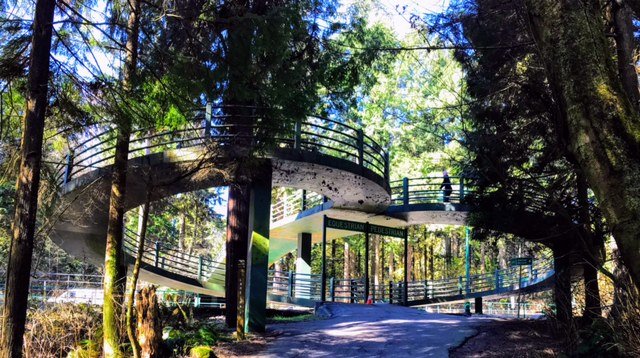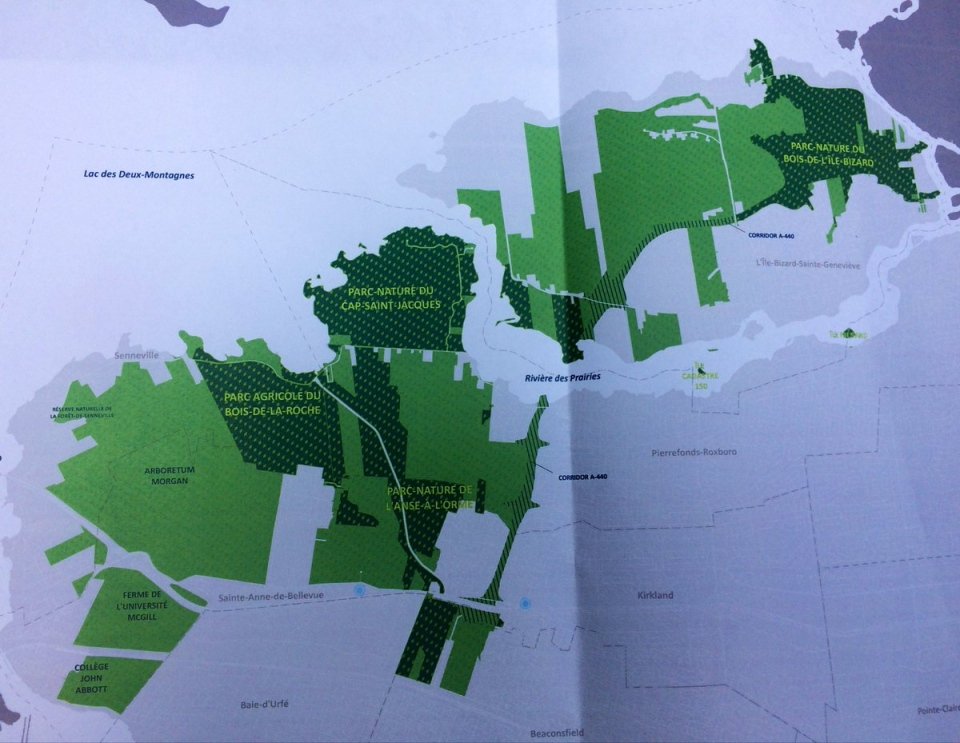Canada: Growing Importance of Urban Parks in the 21st Century
While we’ve known for centuries urban parks are critically in creating healthy cities - for the environment and mental well-being of humans - that importance is growing rapidly in the 21st century. Yes, as more and more humans are living in cities, rather than in rural areas in Canada and around the world there has been a significant rise in the preservation and creation of urban parks. In 1911, 45% of Canadians lived in urban areas (defined as a community with 1,000 or more residents). Today, that number is well over 70% and quickly rising.
The recent COVID pandemic, with its social distancing mandate pushed many urban parks across the country to their limit. The need for more and larger urban parks and wilderness areas in Canadian cities has never been greater.
In Canada’s major cities, the vision is to grow up not out…and evolve from primarily single-family homes with front and backyards, to multifamily buildings with, at best, only a small shared green space. This vision will continue to increase the demand for public green spaces in cities across the country.
Montreal’s Mount Royal Park
Consequently, it is no surprise the big push in urban parks management today is for Canadian cities to create massive parks with national status to protect them from commercial development, preserve sensitive ecosystems, create sustainable uses and access federal funding. The Federal government has set aside $162 million to create national urban parks and is currently working with several cities to identify sites for new urban National Parks across the country.
Canada’s Early Urban Parks
Canada’s most famous urban parks are Montreal’s Mount Royal Park and Vancouver’s Stanley Park. Mount Royal Park dates back to 1874, when the city hired world renowned landscape architect Fredrick Law Olmstead (designer of Central Park in New York City) to transform what as a forested hill into a 280-hectare park. Today, it is an indispensable part of the Montreal’s urban culture, a little bit of wilderness in the heart of the city.
Vancouver’s 405-hectare Stanley Park has been an urban oasis since 1888. The park remains as densely forested as it was in the 1800s with over half a million trees. Today it includes not only forested trails, but beaches, playgrounds, tennis courts, aquarium, zoo/children’s farmyard, lagoon, restaurants, and the famous 10-km seawall walking/cycling trail.
Vancouver’s Stanley Park
New Urban Park Initiatives
Canada’s first and only national urban park is Toronto’s Rouge National Park which opened in 2015. At 790 hectares, it is 22 times the size of Central Park in New York City. It is accessible by transit which is critical in a world striving to be car-free in the future. The park has numerous trails for hiking and cycling, and includes the watersheds of the Rouge River, Petticoat and Duffins Creek which allow for canoeing, kayaking, paddle-boarding, swimming and fishing. There is even a Rouge Beach.
Edmonton:
Edmonton is currently exploring the feasibility of converting its huge existing River Valley Park system into a recognized national urban park. At a whopping 7,300-hectares, the North Saskatchewan River Valley inside City of Edmonton’s city limits is already the largest urban parkland in Canada. Almost 10 times the size of Toronto’s.
A unique feature of Edmonton’s River Valley is the 100 Street funicular (think elevator) that links the downtown above with the river valley below.
Saskatoon:
Not to be left behind, Saskatoon is hoping its Meewasin Valley which includes the South Saskatchewan River, native prairie grass habitats, Indigenous archeological sites, as well as recreational and cultural amenities, will also become a 6,700-hectare national park.
Winnipeg
Winnipeg is looking at combining its existing Assiniboine Park, Assiniboine Forest (one of the largest urban forests in Canada) and Fort Whyte nature preserve into a 700-hectare National Park.
Assiniboine Park includes a zoo, conservatory, formal and informal gardens, sculpture garden, miniature railway and outdoor theatre stage.
Winnipeg’s Assiniboine Forrest is 287-hectors of aspen and oak trees in the middle of the city. The Eve Werier Memorial Pond is located in the middle of the forrest.
Windsor
In Windsor, the Ojibway Prairie Complex (Ojibway Park, Ojibway Prairie Provincial Nature Reserve, Tallgrass Prairie Park, Spring Garden Natural Area, Black Oak Heritage Park, Ojibway Shores and Oakwood Natural Area) is currently being considered by the Federal government as a possible 350-hectare national urban park.
Windsor proposes to link several green spaces into a mega urban park.
Montreal
Montreal is also exploring creating a huge 3,000-hectare park by combining five existing green spaces: l’Anse-a-l’Orme, Bois-de-l’île Bizard, Bois-de-la-Riche, Cap-Saint-Jacques and the Rapides-du-Cheval-Blanc.
Halifax
The City of Halifax is also working with the federal government to create the Blue Mountain-Birch Cove Lake, a 1,767-hectare wilderness area on the edge of the city as national park.
What about Calgary?
Calgary is unique in that it already has two huge parks - Nose Hill the middle of the city’s northern communities and Fish Creek in the middle of its southern communities, as well as the Glenmore Reservoir in the middle of the city that is surrounded by parks and natural areas. Collectively, they add up to about 3,000-hectares and are easily accessible by transit or bike paths. Currently there are no plans to convert these large city parks into national urban parks.
Last Word
For the past 100+ years, the federal government has been creating National Parks in exotic places across Canada (from Banff National Park in Alberta to Auyuittuq National Park in Nunavut) that make for great vacation destinations and adventures. It makes sense that for the next 100 years, it foster urban parks that are more accessible to Canadians on an everyday basis.
If you like this blog, these links might interest you:
Parks: A must for urban living!














